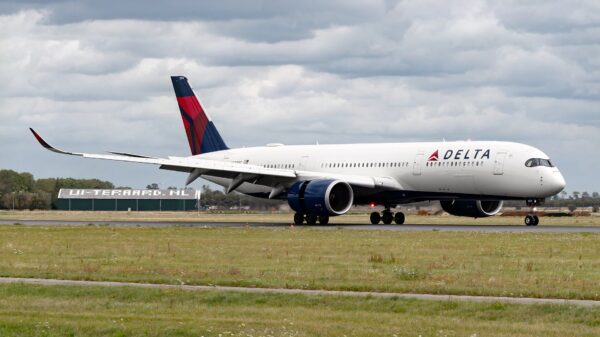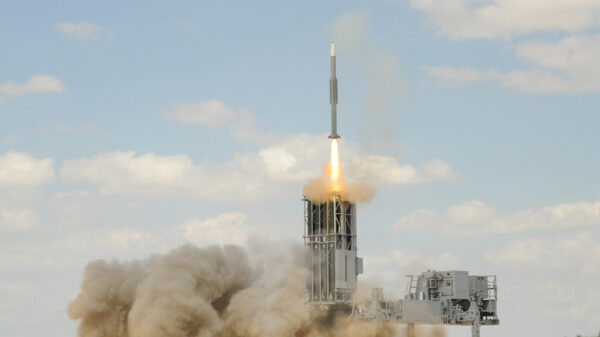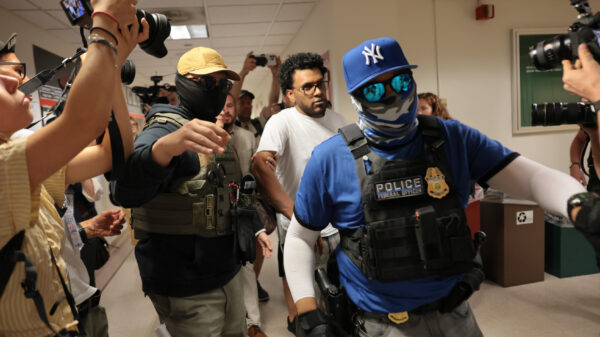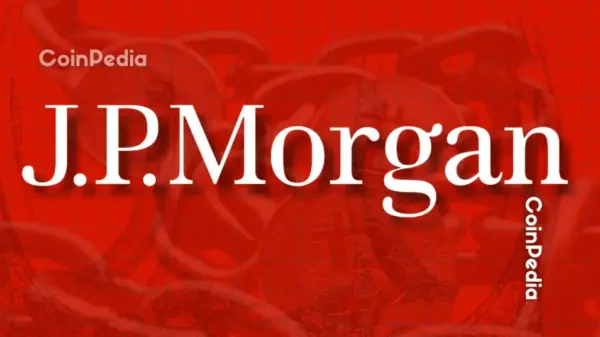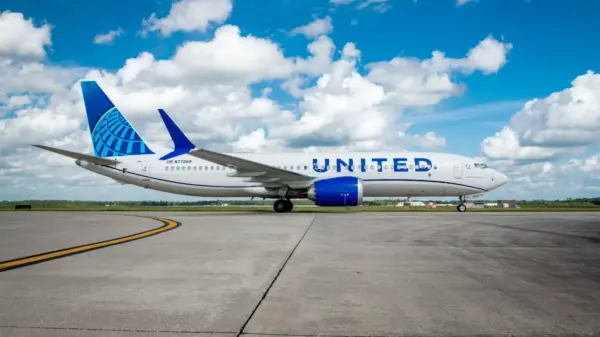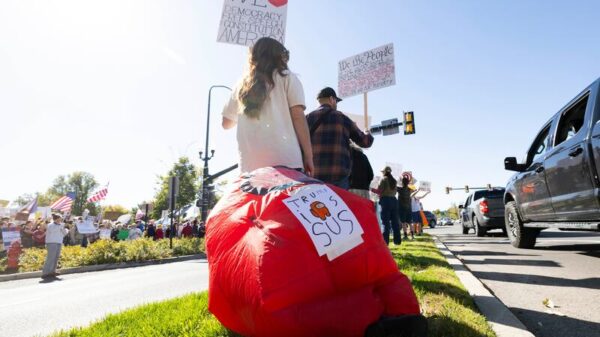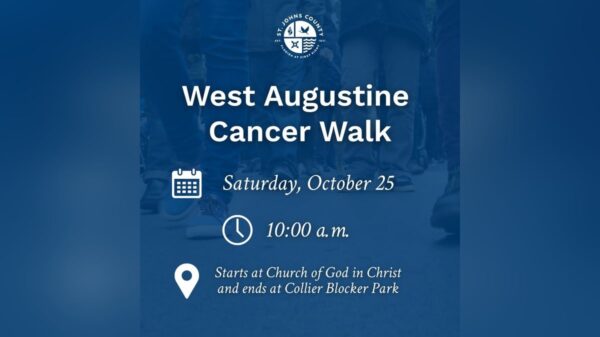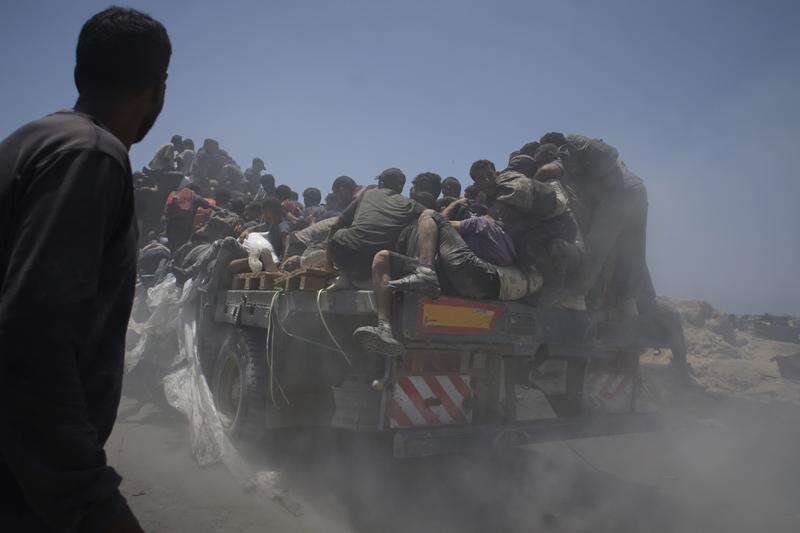UPDATE: Hundreds of truckloads of vital aid sit idle at the Kerem Shalom crossing, as the United Nations (UN) faces escalating challenges in delivering assistance to Gaza. Reports indicate that Palestinians are at imminent risk of famine, with 79 fatalities linked to malnutrition-related causes just this week, according to Gaza’s health ministry.
Israel’s military has confirmed that it has allowed approximately 4,500 aid trucks into Gaza since easing its blockade in May, averaging around 70 trucks per day. However, this is significantly below the hundreds of trucks required daily, as reported by the UN, exacerbating the urgent humanitarian crisis in the region.
Israel claims it facilitates sufficient aid flow but blames UN agencies for inefficiencies in distribution. The UN, however, cites strict military restrictions and rampant looting that hinder timely aid delivery. “The whole trip can take 20 hours,” said UN spokesperson Olga Cherevko, highlighting the perilous journey UN trucks must undertake to reach those in desperate need.
Witnesses report that large crowds of desperate individuals and criminal gangs overwhelm aid trucks upon arrival, often leading to violence. “Taken together, these factors have put people and humanitarian staff at grave risk,” Cherevko added. Israeli troops have reportedly opened fire on crowds, causing additional casualties during attempts to access aid.
The UN has faced significant logistical hurdles, with more than half of its movement requests—506 out of 894—denied or impeded by Israeli forces in recent months. These delays waste precious time and resources, severely impacting the effectiveness of aid operations.
In response to concerns, Colonel Abdullah Halaby from the Israeli military’s COGAT agency stated, “We encourage our friends from the international community to do the collection and distribute the humanitarian aid to the people of Gaza.” However, this assertion is met with skepticism from the UN, which has previously delivered aid safely during less restrictive periods.
The ongoing conflict has led to the collapse of Hamas-run civilian police forces, creating a lawless environment that further complicates aid distribution. The UN emphasizes that allowing a steady influx of aid is essential to restoring order and community trust. “The best protection for us is community buy-in,” said UN spokesperson Stephane Dujarric. “To get that community buy-in, communities have to understand that trucks will come every day.”
As the humanitarian situation in Gaza grows increasingly dire, the focus remains on how quickly aid can be delivered and the conditions under which it can reach those in need. The international community is closely monitoring developments, urging both Israel and the UN to find a resolution that prioritizes the safety and health of Palestinians in Gaza.
With the situation evolving rapidly, residents and humanitarian organizations alike are calling for immediate action. The world watches and waits for answers as the crisis deepens, and the need for humanitarian relief becomes more urgent by the hour.







